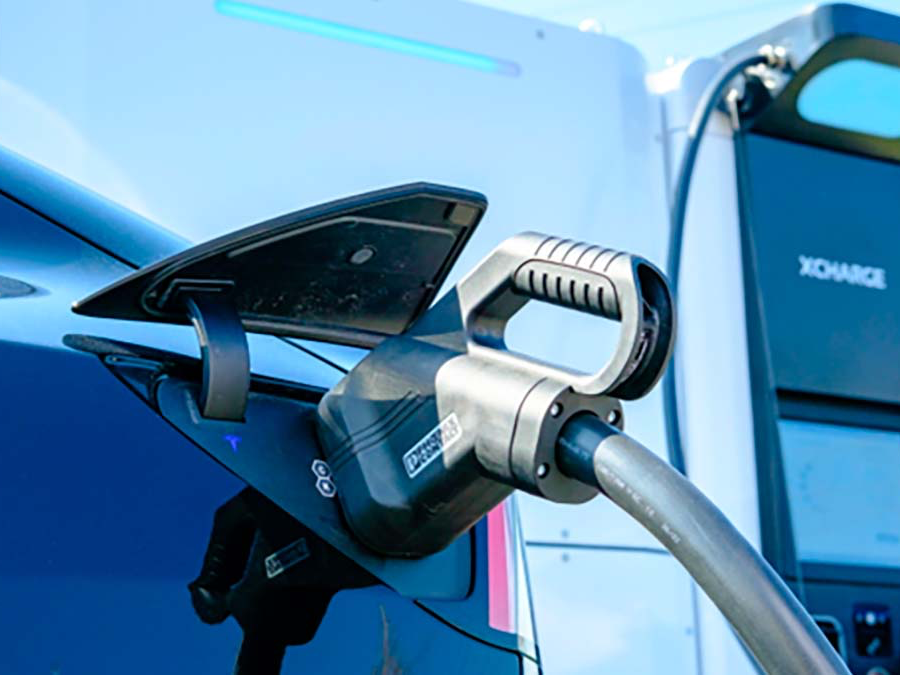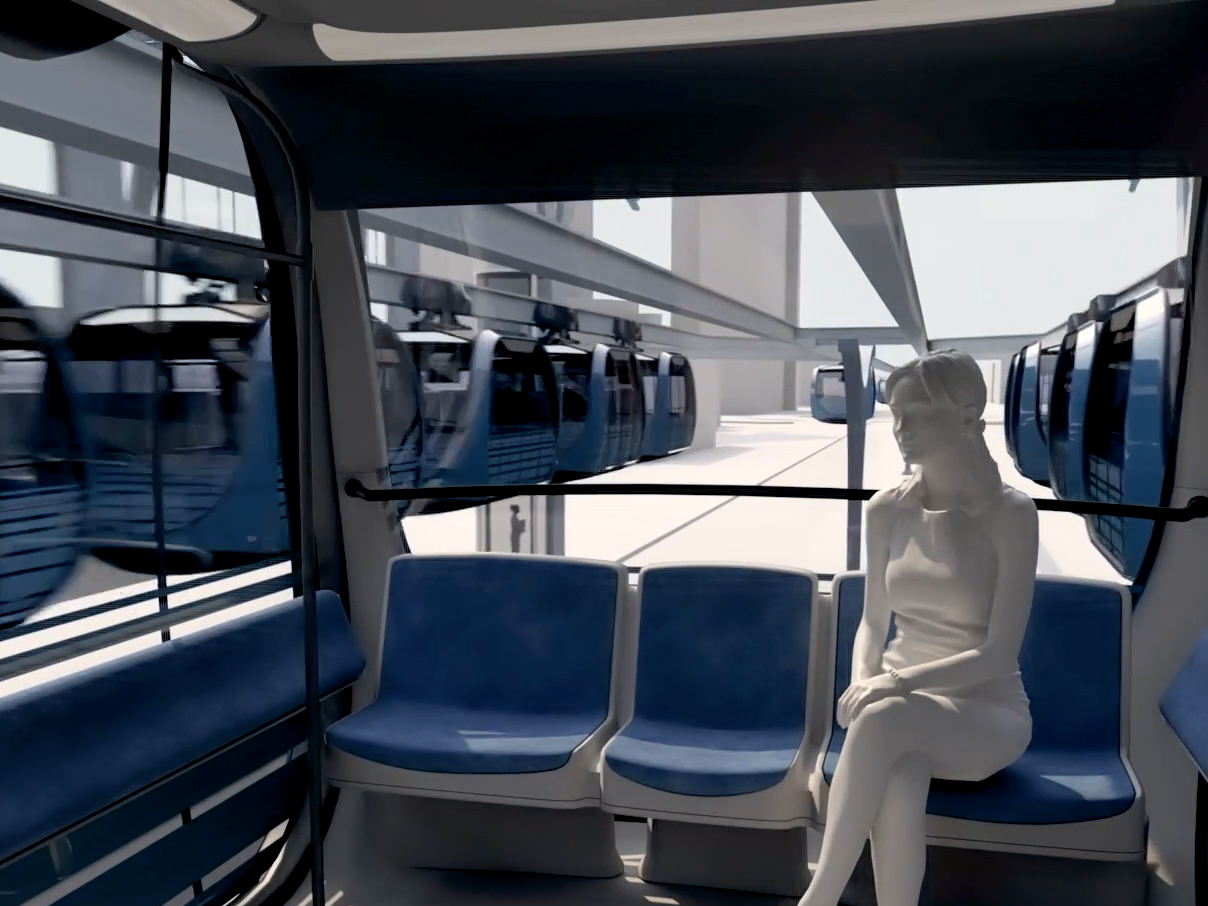Transforming urban mobility for the people of tomorrow
Sustainable, efficient, and accessible transport solutions that make cities more liveable and better connected
Urban congestion results in a yearly loss and cost of
-8 days
-$5.4 trillon
+91% of the world’s population
lives in cities with poor air quality.
+3 millon people
die every year from air pollution in urban environments.
The global challenge of urban mobility.
Urban mobility around the world is facing critical challenges that directly affect the quality of life and the sustainability of our cities. These are just a few facts we can’t afford to ignore:
By 2030
urban traffic is expected to double. How can we prepare for a sustainable future?
The urban mobility challenge

Traffic congestion
In 2023, over 5.4 million traffic violations were reported in Spain, reflecting high levels of congestion and driving behaviours that disrupt the flow of transport.

Air pollution
Nitrogen dioxide (NO₂) emissions stay high in urban areas despite the implementation of Low Emission Zones (LEZs) in some cities. Only 25% of Spanish cities required by the Climate Change Law have adopted sustainable urban mobility plans, limiting the effectiveness of such initiatives.

Insufficient charging infrastructure
Although Spain improved the ratio of electric vehicles to public chargers by 25% in 2023, administrative barriers and lack of interoperability continue to hinder the efficient rollout of charging infrastructure.

Limited accessibility
Many current transport solutions are not designed with inclusivity in mind, leaving groups such as people with reduced mobility or residents in outlying areas with limited mobility options.

Traffic congestion
In 2023, over 5.4 million traffic violations were reported in Spain, reflecting high levels of congestion and driving behaviours that disrupt the flow of transport.

Air pollution
Nitrogen dioxide (NO₂) emissions stay high in urban areas despite the implementation of Low Emission Zones (LEZs) in some cities. Only 25% of Spanish cities required by the Climate Change Law have adopted sustainable urban mobility plans, limiting the effectiveness of such initiatives.

Insufficient charging infrastructure
Although Spain improved the ratio of electric vehicles to public chargers by 25% in 2023, administrative barriers and lack of interoperability continue to hinder the efficient rollout of charging infrastructure.

Limited accessibility
Many current transport solutions are not designed with inclusivity in mind, leaving groups such as people with reduced mobility or residents in outlying areas with limited mobility options.

Singular Mobility is a comprehensive urban mobility platform
It combines advanced technology, sustainability, and accessibility. Our approach is built on:
Lightweight infrastructure with minimal visual impact, seamlessly integrated into the urban environment.
Advanced technology to optimise routes and travel times.
Electric, autonomous vehicles that reduce carbon emissions.
An intuitive digital platform, accessible to all user groups.
A scalable business model adaptable to diverse urban contexts.
Key benefits of Singular Mobility
Revolutionise your journey towards the urban future
Continuous innovation
From AI-based real-time route optimisation to predictive maintenance, autonomous safety systems and urban data analytics.
Energy efficiency
Our system delivers up to three times the energy efficiency of internal combustion engines. That means a lower environmental impact, reduced maintenance and operating costs, and greater long-term competitiveness.
Universal accessibility
Our intuitive, multimodal digital platform and vehicle design ensure easy access for users of all abilities. We break down barriers and guarantee equal mobility for everyone.
Urban space optimisation
By minimising the need for parking, we free up space for citizens—transforming and redesigning urban areas to enhance wellbeing and attract tourism.
Less traffic and pollution
We reduce private vehicle use by promoting collective electric transport—improving air quality, cutting noise levels, and helping cities meet their climate goals.
Get in touch
We’ll be happy to tell you more about the project and answer any questions you may have.